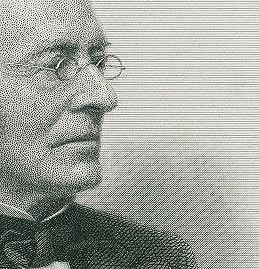
"I will be heard!": Prominent Abolitionists
![]()
In the 1830s, American abolitionists, led by Evangelical Protestants,
gained momentum in their battle to end slavery. Abolitionists believed
that slavery was a national sin, and that it was the moral obligation
of every American to help eradicate it from the American landscape by
gradually freeing the slaves and returning them to Africa.. Not all Americans
agreed. Views on slavery varied state by state, and among family members
and neighbors. Many Americans—Northerners and Southerners alike—did
not support abolitionist goals, believing that anti-slavery activism created
economic instability and threatened the racial social order.
But by the mid-nineteenth century, the ideological contradictions between a national defense of slavery on American soil on the one hand, and the universal freedoms espoused in the Declaration of Independence on the other hand, had created a deep moral schism in the national culture. During the thirty years leading up to the Civil War, anti-slavery organizations proliferated, and became increasingly effective in their methods of resistance. As the century progressed, branches of the abolitionist movement became more radical, calling for the immediate end of slavery. Public opinion varied widely, and different branches of the movement disagreed on how to achieve their aims. But abolitionists found enough strength in their commonalities—a belief in individual liberty and a strong Protestant evangelical faith—to move their agenda forward.
![]()
| |
| |
| |
| |
| |
| |
| |
| |
| |
| |
| |
| |

Copyright
© 2002 Division of Rare & Manuscript
Collections
2B Carl A. Kroch Library, Cornell University, Ithaca, NY, 14853
Phone Number: (607) 255-3530. Fax Number: (607) 255-9524
For
reference questions, send mail to:
rareref@cornell.edu
For questions or comments about the site, send mail to: webmaster.